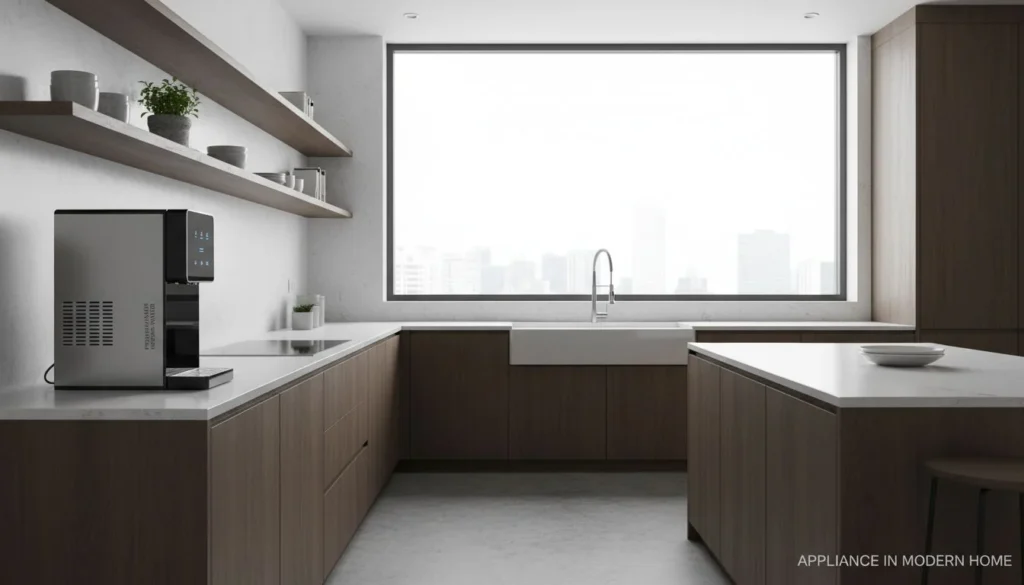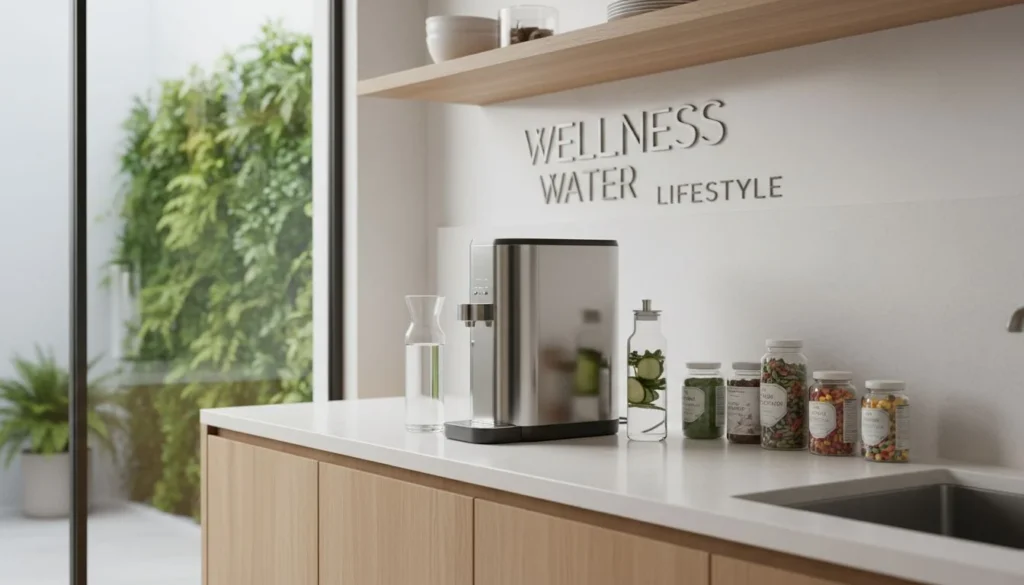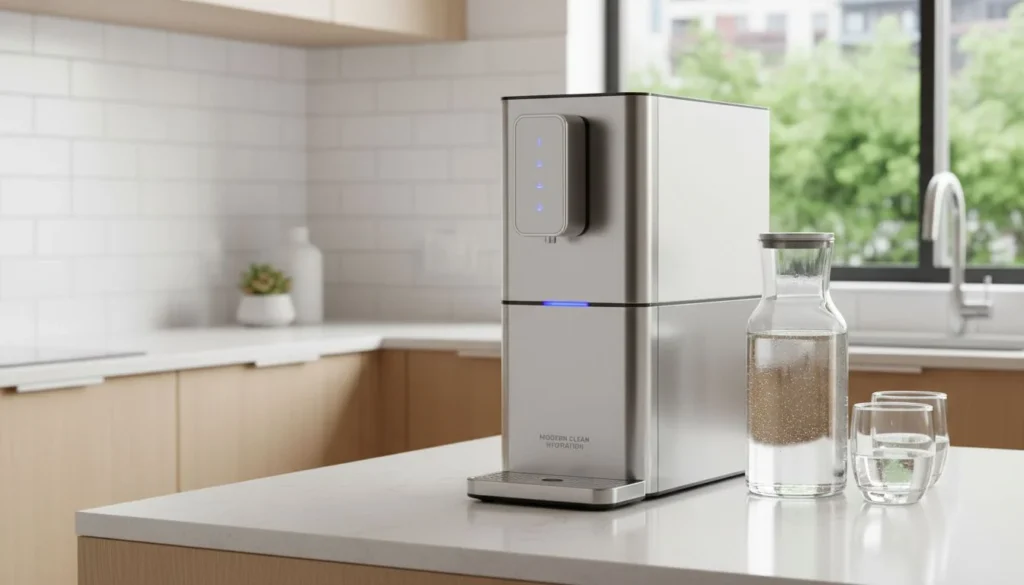Sharp Corporation, a name synonymous with Japanese innovation, has built a century-long legacy in the electronics industry. From its origins in metalworking to pioneering advancements in televisions and microwave ovens, Sharp has consistently pushed the boundaries of technology. Today, it's widely recognized for its air purifiers, particularly those featuring its signature Plasmacluster™ Ion technology. This raises a pertinent question for many consumers: For a brand with such a strong Japanese identity and a reputation for quality, where are its world-renowned air purifiers actually produced today?
Primary Manufacturing Hubs for Sharp Air Purifiers
While Sharp's technological heart and brand identity remain firmly rooted in Japan, the majority of its air purifiers destined for the global market are manufactured in Thailand and China. This strategic approach allows Sharp to leverage the cost efficiencies and established supply chains of these key Southeast Asian manufacturing centers. This decentralized production model is a deliberate strategy to optimize production costs, gain proximity to burgeoning regional markets, and mitigate financial risks associated with currency fluctuations.

Sharp employs a tiered manufacturing strategy, assigning specific roles to different countries based on factors like cost, expertise, and strategic importance. Analysis of import data, product markings, and corporate disclosures reveals that while the brand is Japanese, the physical production of its air purifiers for the global market is concentrated in Southeast Asia.
Thailand: The Epicenter of Mass-Market Production
Evidence strongly points to Thailand as the primary manufacturing hub for Sharp's mass-market air purifiers. Logistical and trade data provides quantitative proof. An analysis of Indian import records shows that Thailand was the largest single country of origin for Sharp air purifiers, accounting for approximately 66.9% of the total value of imports during the period studied. Similarly, shipping data for goods destined for the U.S. market reveals that the port of Laem Chabang, Thailand, is the single largest foreign port of lading for shipments consigned to "SHARP MANUFACTURING COMPANY OF".
The country of origin is further confirmed at the product level. On Sharp's official U.S. retail website, a consumer question regarding the manufacturing location of the FPK50UW model was answered directly by another owner: "Mine says Thailand". A product listing for a Sharp air purifier filter in Singapore also explicitly states "Made in Thailand". Furthermore, discussions among consumers confirm that multiple models sold in Europe, such as the KC-D40EU-W, are made in Thailand.
The key facility responsible is Sharp Appliances (Thailand) Ltd. (SATL), located in the Chachoengsao province. Established in 1987, this plant has a long history of appliance manufacturing and officially lists "Air Purifier" as one of its product categories. The strength of Sharp's Thai operations is reflected in its market performance; Sharp's Thai sales company was awarded the "2024 THAILAND'S MOST ADMIRED BRAND" in the air purifier category, marking the fifth consecutive year it has received this honor. This sustained success suggests a strong local presence and likely a significant feedback loop between local production, R&D, and marketing efforts.
China: A Critical Partner in the Global Supply Chain
China serves as a secondary but crucial manufacturing location for Sharp air purifiers, particularly for certain models and regional markets. The same Indian import data identifies China as the second-largest source, accounting for over 32.7% of imported units. U.S. shipping records corroborate this, listing multiple major Chinese ports—including Ningbo, Yantian, Shanghai, and Shekou—as significant points of lading for Sharp-bound goods.
Evidence at the product level confirms Chinese production for specific models. A consumer analysis of Sharp purifiers sold in Europe found that while many models originate from Thailand, others, such as the UA-KIL80E-W and UA-HD50E-L, are explicitly marked as "made in China". Sharp operates numerous factories in China. Its corporate site reports list facilities such as Sharp Office Equipments (Changshu) Co., Ltd. (SOCC) and Shanghai Sharp Electronics Co., Ltd. (SSEC). While the names of these entities may suggest a focus on other product lines, large manufacturing sites under Foxconn's integrated management are often highly flexible and capable of producing a diverse range of products. The precise factory producing air purifiers is not publicly specified, but the flow of finished goods from China is undeniable.

Japan: The Nexus of Design, R&D, and Premium Manufacturing
While Japan is the corporate and spiritual home of Sharp, its role in the physical manufacturing of air purifiers for the global market is now highly specialized and distinct from mass production. Japan is reserved for high-value, low-volume, and culturally significant products. A prime example is Sharp's collaboration with world-renowned architect Kengo Kuma to design a premium air purifier featuring a wooden chassis. This product is explicitly marketed as an item that "can only be made in Japan," leveraging traditional Japanese woodworking techniques. This positions Japanese manufacturing in the realm of craftsmanship rather than mass-market assembly.
The core technology that defines Sharp's air purifiers, the proprietary Plasmacluster™ ion technology1, was developed in Japan and remains a cornerstone of the company's intellectual property. Marketing materials for international markets heavily emphasize "JAPANESE QUALITY PRODUCTS" and "advanced Japanese technologies," strategically linking the brand's prestige to its Japanese heritage, even if the final assembly occurs elsewhere. Sharp also continues to produce models specifically for its home market, catering to consumers who specifically seek domestic models.

Other Locations: The Philippines as an Emerging Source
Beyond Thailand and China, there is evidence of other manufacturing locations within Sharp's network. An import record for a shipment to India included the model FP-FM40E-B, which listed its country of origin as the Philippines. This is a significant data point, as it confirms the existence of a third, albeit likely smaller, manufacturing source for air purifiers. Sharp's corporate site does list Sharp (Phils.) Corporation (SPC) in Manila as a manufacturing base. This indicates a highly flexible and diversified production network, giving Sharp and Foxconn the strategic capability to shift production between multiple Southeast Asian nations.
Key Factors Influencing Sharp's Manufacturing Strategy
Sharp's current manufacturing landscape is an evolution, not a revolution, of a pre-existing production philosophy for specific product categories. However, recent corporate changes have profoundly influenced this strategy.
The Foxconn Effect: Strategic Realignment
The single most significant factor shaping Sharp's contemporary manufacturing locations is the 2016 acquisition by Hon Hai Precision Industry Co., Ltd., better known as Foxconn. This event initiated a profound strategic overhaul that directly influences which factories produce which products today.
In 2016, Foxconn acquired a 66% majority stake in Sharp, which was facing significant financial challenges. As the world's largest contract electronics manufacturer, Foxconn brought unparalleled expertise in supply chain management, cost control, and high-volume production. Following the acquisition, Foxconn Chairman Young Liu implemented a strategic transformation designed to make Sharp "asset-light". This corporate philosophy prioritizes operational agility and profitability by reducing ownership of capital-intensive assets, such as large-scale factories. The goal was to shift Sharp's focus from being a vertically integrated manufacturer to a leaner entity centered on brand development and high-value technologies, while leveraging Foxconn's global manufacturing prowess for production.
This "asset-light" strategy has had tangible consequences for Sharp's manufacturing footprint in Japan. The company has systematically divested or repurposed its large, historically significant domestic plants. For instance, Sharp's once-flagship Kameyama No. 2 LCD plant in Mie Prefecture was sold to its parent company, Foxconn. Even more symbolic was the decision to halt production at the iconic Sakai TV display plant in Osaka by September 2024. These facilities were once the crown jewels of Japanese manufacturing. This restructuring is not merely about closure but about strategic realignment. The massive Sakai plant is being actively transformed into an AI data center, a clear indicator of Foxconn's broader strategy: using Sharp's legacy assets as a foothold to expand into high-growth sectors like AI and electric vehicles. The logical consequence of scaling back domestic mass-production capabilities for consumer goods is a necessary shift in production responsibility to Sharp's existing, more cost-effective overseas plants.
Cost-Effectiveness and Global Logistics
The decision to manufacture in Thailand, China, and other Southeast Asian countries is also driven by standard industry practices aimed at achieving cost-effectiveness and optimizing global logistics. These regions offer strategic advantages in labor costs, established supply chains, and access to a vast network of component suppliers. This allows Sharp to produce air purifiers at a competitive price point, making them accessible to a wider global market.
Deconstructing the global supply chain, trade data for shipments consigned to Sharp Electronics Corporation in Montvale, New Jersey—the U.S. sales and marketing headquarters—paints a detailed picture. Laem Chabang, Thailand, is the dominant export hub, with 1,373 shipment records noted in the provided data. A significant volume also originates from China, with key ports of lading including Ningbo (94 records), Yantian (74 records), Shanghai (58 records), and Shekou (35 records). The primary gateways for these goods into the United States are the major West Coast ports, such as the Port of Los Angeles and the Port of Long Beach, which received the vast majority of shipments. This trans-Pacific route is the most logical and efficient for goods originating in Thailand and China.
It is important to note that while Sharp maintains a manufacturing presence in the United States (e.g., Sharp Manufacturing Company of America in Memphis, Tennessee, primarily for microwave appliances), air purifiers for the U.S. market are imported from overseas facilities, not produced domestically. This logistical mapping provides quantitative evidence of the scale of production from each region and maps the physical movement of goods, connecting the entire supply chain from the factory floor in Asia to the distribution network in key consumer markets.
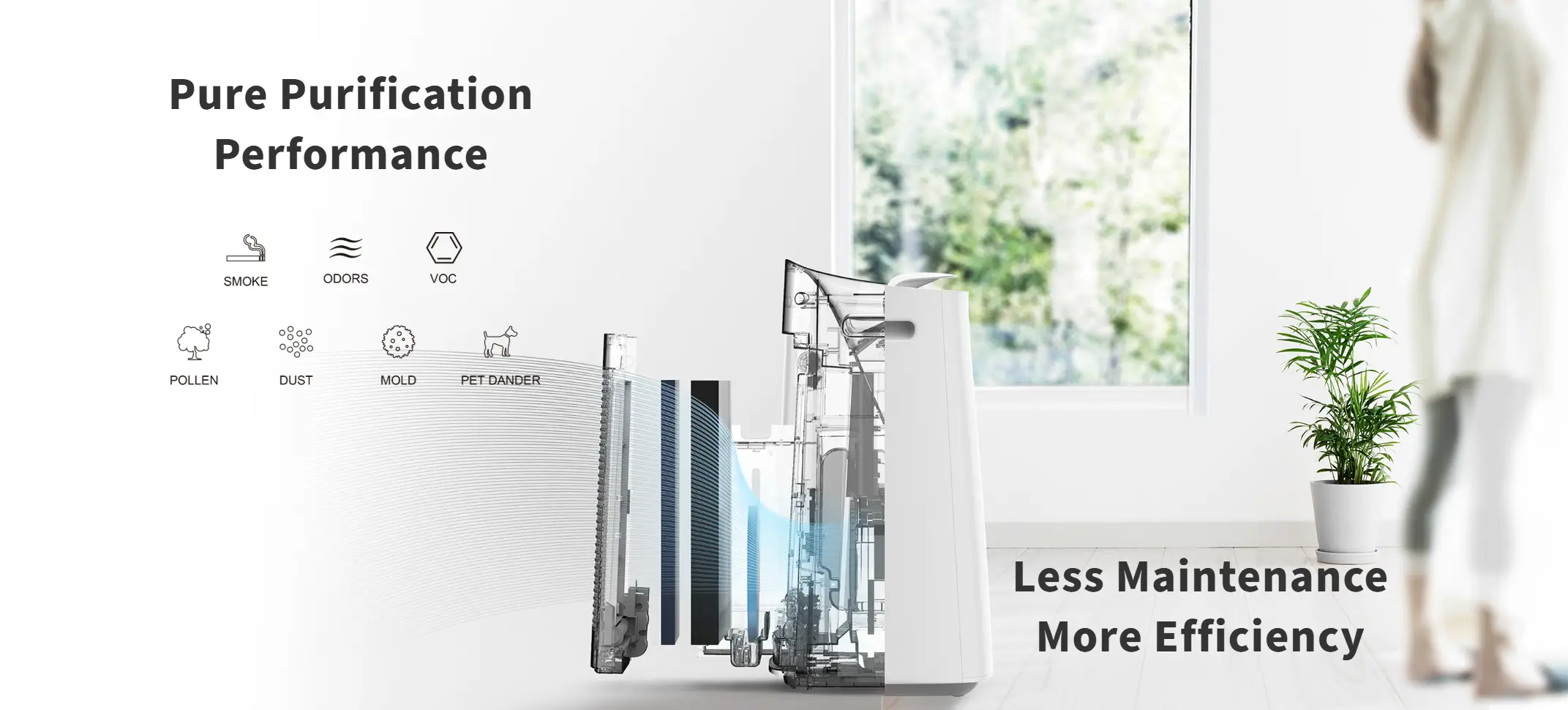
Does Manufacturing Location Affect Sharp Air Purifier Quality?
A common concern among consumers is whether a product manufactured outside of Japan maintains the same level of quality. Sharp addresses this by maintaining strict quality control standards, often referred to as "Japanese Quality," regardless of the factory's location. The core design, engineering, and quality oversight for all Sharp air purifiers originate from Japan. This means that a unit assembled in Thailand or China is subject to the same rigorous testing and quality assurance processes as a unit made in Japan, ensuring consistent performance and reliability. The company's marketing materials for international markets heavily emphasize "JAPANESE QUALITY PRODUCTS" and "advanced Japanese technologies," strategically linking the brand's prestige to its Japanese heritage, even if the final assembly occurs elsewhere.
How to Check Where Your Specific Sharp Air Purifier Was Made
For consumers who wish to verify the manufacturing location of their specific Sharp air purifier, there are a few straightforward methods:
- Product Label: The country of origin is typically printed on a label located on the back or bottom of the air purifier unit itself.
- Original Packaging: The manufacturing location is also usually indicated on the original product packaging box.
- Product Documentation: The user manual or warranty information may also contain details about the manufacturing origin.
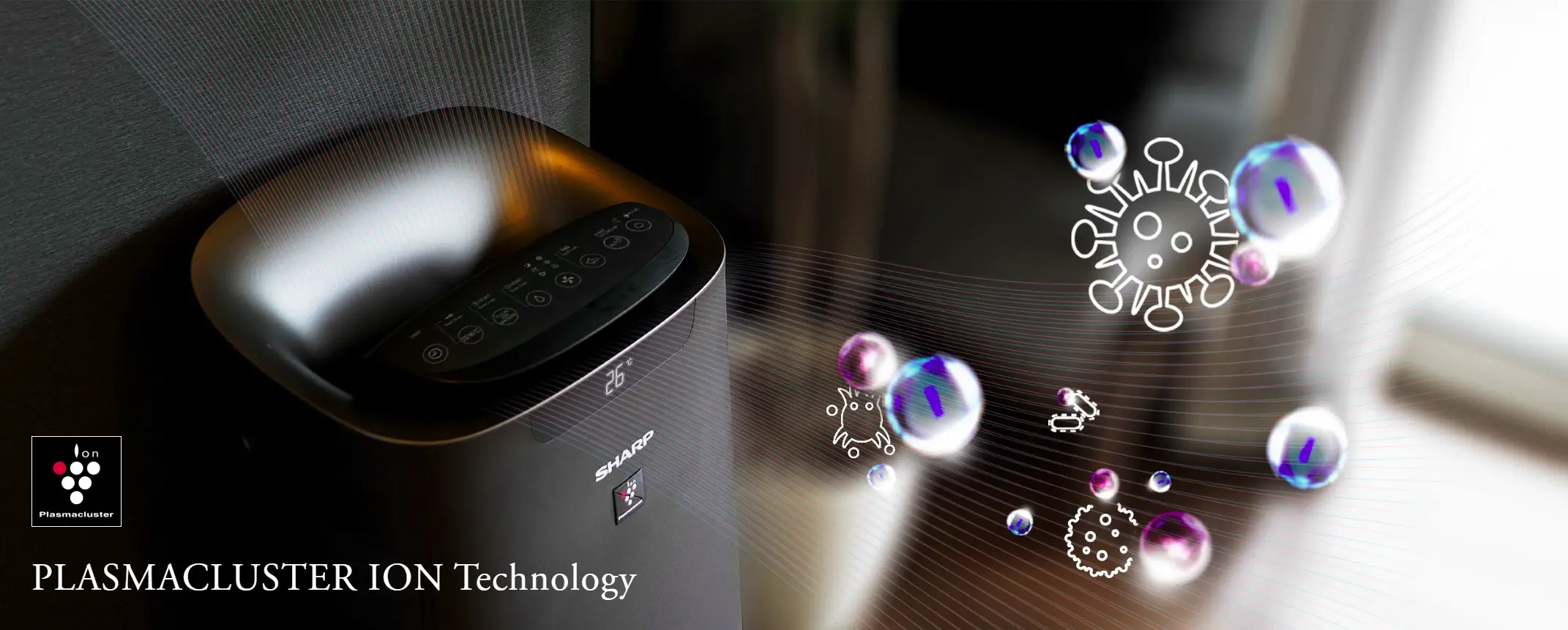
Sharp's globalized manufacturing approach is a common and proven industry trend among major air purifier brands. Understanding how Sharp's strategy compares to its competitors provides further context.
Medify Air
Medify Air2, a prominent U.S. brand, primarily manufactures its air purifiers in China. Their main factories are located in Cixi town, Ningbo city, and Zhangzhou city, Fujian province. These locations allow Medify Air to produce cost-effective air purifiers, making them highly competitive in the market. Medify Air has been particularly successful in the commercial sector, winning large tenders, partly due to their cost-effective models and strong U.S. localized service. Due to tariffs, Medify Air is also considering diversifying its supply chain to other East Asian countries like Vietnam, Thailand, or Malaysia, a strategy known as "China+1" to mitigate risks and maintain competitiveness.
Fellowes
Fellowes3 wall-mounted air purifiers are mainly produced in Suzhou city, Jiangsu Province, China. This facility also serves as a primary production site for Fellowes office supplies. While Fellowes has a strong global presence and a premium brand image, their high retail prices for products manufactured in China have been noted. Fellowes' commercial air purifiers, especially wall-mounted units, gained significant traction during the COVID-19 pandemic and wildfire seasons, offering advanced features like networked devices with various sensors. However, their product performance has been critiqued for not always matching their premium pricing, suggesting they may not always OEM or ODM from specialized air purifier manufacturers.
Rabbit Air
The Rabbit Air4 wall-mounted air purifier is primarily manufactured in South Korea, despite their headquarters being in Los Angeles. This South Korean manufacturing base allows Rabbit Air to maintain a premium price point and establish itself as a leading brand for wall-mounted air purifiers. They leverage local expertise for major sub-assemblies, including BLDC motors, True HEPA filter media, and onboard air-quality sensors, tapping into Gumi’s PCB expertise and Busan’s filtration-media specialists. The U.S. tariff on Chinese goods has been beneficial for Rabbit Air, as it reduces competition from lower-priced Chinese-made air purifiers, allowing them to capitalize on their premium brand image and "Made in South Korea" distinction.
Cuckoo
Cuckoo5, a well-known South Korean brand primarily famous for rice cookers, launched its wall-mounted air purifier in March 2025. These units are mainly manufactured in Cixi town, Ningbo city, Zhejiang Province, China—the same region as some Medify Air production. Despite Cuckoo's strong brand image in South Korea, particularly during peak pollution periods, their new wall-mounted air purifiers face challenges in the U.S. market due to a retail price over $500 USD, and potential lack of unique selling points or design appeal for residential customers. Cuckoo's strategy appears to be targeting commercial customers like hotels and offices, where a higher price point for unique wall-mounted models might be more acceptable, potentially indicating a shift towards a rental or service-based business model.
Other Major Brands (Daikin, Panasonic, Coway)
- Daikin: Another prominent Japanese brand, Daikin also employs a diversified manufacturing strategy, with production facilities in Japan, China, and other global locations to serve various markets.
- Panasonic: Similar to Sharp, Panasonic, a Japanese electronics giant, conducts its research and development in Japan while utilizing manufacturing plants across Asia, including China and Malaysia, for its consumer electronics, including air purifiers.
- Coway6: A leading South Korean brand, Coway primarily manufactures its air purifiers in South Korea and China.
This comparison highlights that a global manufacturing footprint, often involving production in Southeast Asia and China, is a standard practice across the air purifier industry, allowing brands to balance innovation, quality, and cost-effectiveness.
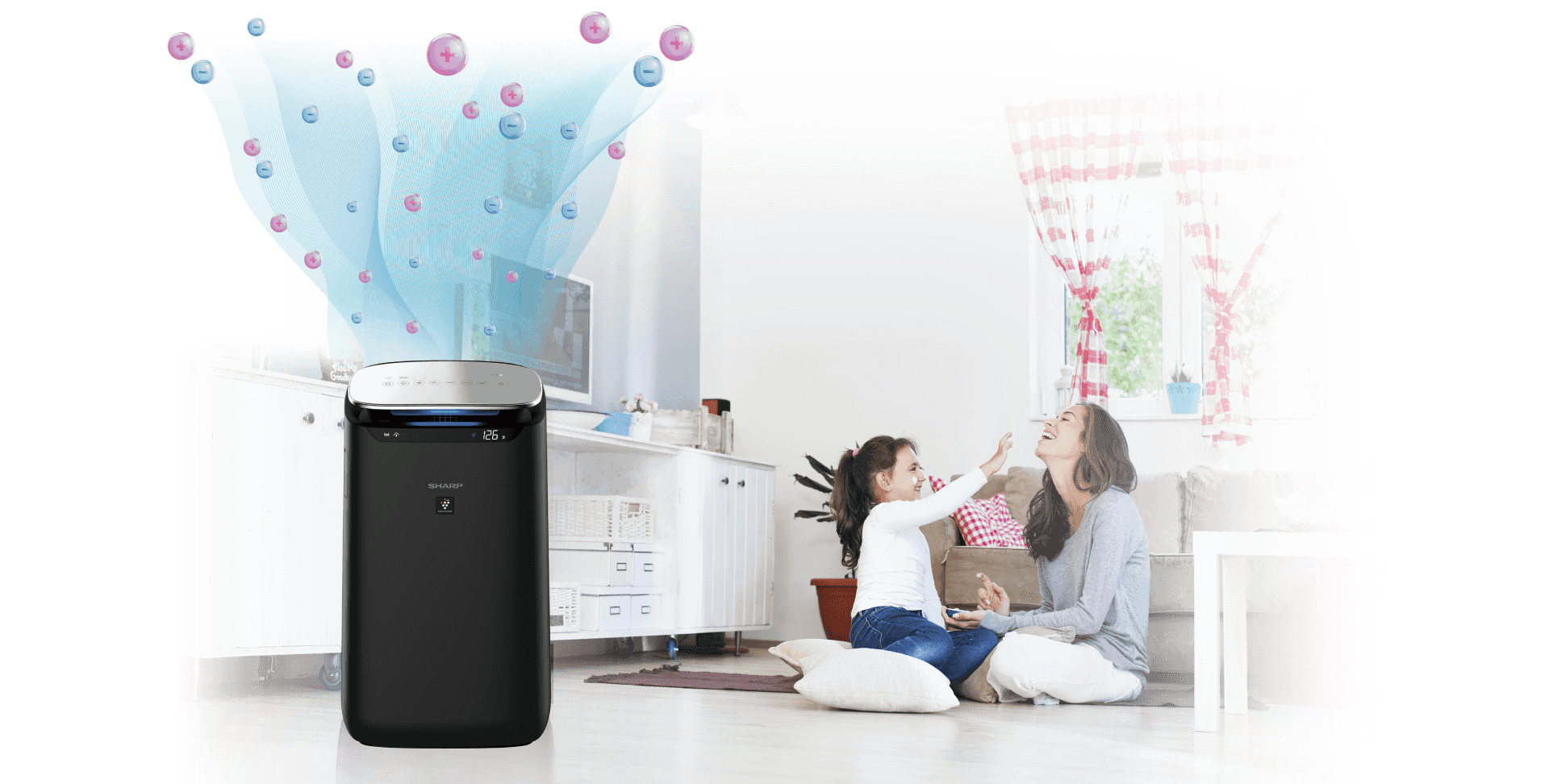
Conclusion: A Global Strategy with Japanese Roots
In conclusion, the question "Where are Sharp air purifiers manufactured?" has a nuanced but clear answer. While the technological innovation, design, and brand identity are deeply rooted in Japan, the physical production of most Sharp air purifiers for the global market occurs predominantly in Thailand and China, with some production also noted in the Philippines.
This tiered manufacturing model—where Southeast Asia handles volume production and Japan manages innovation and premium products—is a deliberate strategic choice. It allows Sharp to compete on cost and scale in the global mass market while preserving the prestige and high-value R&D associated with its Japanese heritage. This is a direct outcome of the 2016 acquisition by Foxconn, which has driven a strategic realignment towards an "asset-light" model, leveraging Foxconn's global manufacturing prowess.
Despite the diversified manufacturing locations, Sharp maintains its commitment to "Japanese Quality" through stringent quality control processes, ensuring that consumers receive reliable and high-performing products regardless of their country of origin. The transformation of Sharp's Japanese assets into high-tech ventures like AI data centers signals Foxconn's long-term intentions to leverage Sharp as a strategic asset in broader technology sectors. This suggests that the trend of divesting Sharp's traditional Japanese manufacturing assets in favor of next-generation technology ventures will likely continue, while its flexible and diversified production network in Southeast Asia will continue to optimize for labor costs, logistics, and changing geopolitical landscapes. Understanding this fundamental division between production and innovation is key to comprehending not only Sharp's current position in the global market but also the strategic direction it is likely to take in the years to come under Foxconn's stewardship.
References:
-
Sharp. About Plasmacluster Technology. Retrieved from https://global.sharp/pci/en/about_pci/ ↩
-
HisoAir. Where Are Medify Air Purifiers Manufactured? Retrieved from https://hisoair.com/medify-air-purifiers-manufacturing-locations/ ↩
-
HisoAir. Where Are Fellowes Wall-Mounted Air Purifiers Manufactured? Retrieved from https://hisoair.com/where-are-fellowes-wall-mounted-air-purifiers-manufactured/ ↩
-
HisoAir. Where Are Rabbit Air Wall-Mounted Air Purifiers Manufactured? Retrieved from https://hisoair.com/where-are-rabbit-air-wall-mounted-air-purifiers-manufactured/ ↩
-
HisoAir. Where Are CUCKOO Wall-Mounted Air Purifiers Manufactured? Retrieved from https://hisoair.com/cuckoo-wall-mounted-air-purifier-manufacturing-origins-and-b2b-market-insights/ ↩
-
HisoAir. Where Are Coway Air Purifiers Manufactured? Retrieved from https://hisoair.com/coway-air-purifiers-manufacturing/ ↩




